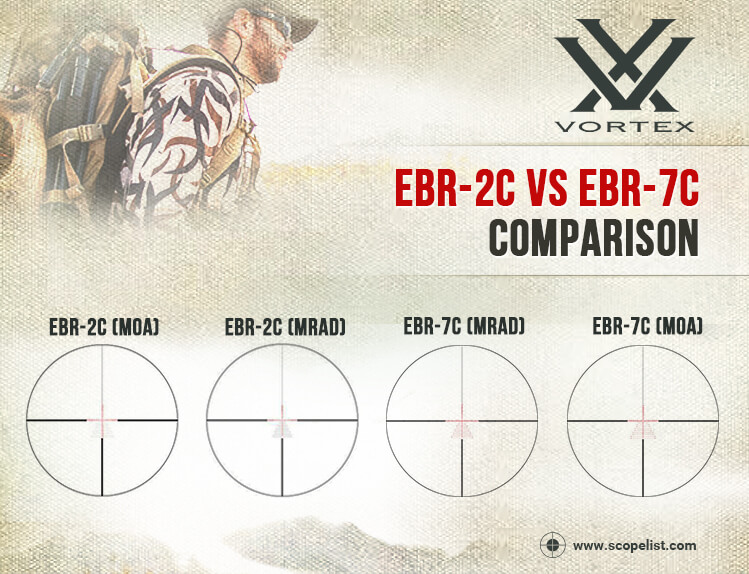That is what i was planning on is a FFP for that reason. While we are at it, please clarify 'measure the miss with FFP.' Will the miss shop up on the xmas tree and you then know how much to dial in changes to elevation and windage? Is the xmas tree ever used as a way to place the shot quickly along the xmas tree to adjust for elevation and windage?
So, the answer to your question is a little complex, but I’ll provide a short version and give you a link to a longer version. When you look through a FFP reticle, particularly one with 0.2 to 0.5 mil marks on the vertical and horizontal stadia, everything you see can be measured in mils (roughly). A Coke can, the turkey walking across your firing lane, and your target itself will all take up a certain amount of “space” in mils, and if you hold your crosshairs over it, you can use the hashes to measure them. This measurement is an ANGULAR measurement, not an inches or cm measurement, so an object will take up more mils the closer it is.
When you shoot, the most important thing to immediately do is identify where your shot went. A 22 has virtually no recoil, so you don’t have to fight to reestablish your sight picture, just hold steady and watch for the bullet impact. There are multiple ways to skin the cat from there, but my understanding is that the best way is to put your crosshairs back where they were when you shot, see how far the point of impact (“POI”) was from the center of the target in your reticle, then adjust your point of aim (“POA”) by that amount and fire again. This adjustment is usually a hold, not a dial, although there are reasons I won’t go into here that you might choose to dial instead. Make sense?
Here’s a thread giving advice about wind, but it contains info about this measure-and-adjust strategy:
https://www.snipershide.com/shooting/threads/here’s-what-you-really-need-to-know-about-wind-at-a-match.7030123/#post-8875856
PS: If you want a system where you hop one scope to another gun, I recommend a Pic rail mounting system, so you only have to level the reticle in the rings once. You also probably want a cheek riser to ensure you have a good cheek weld and a clean sight picture at the same time.




